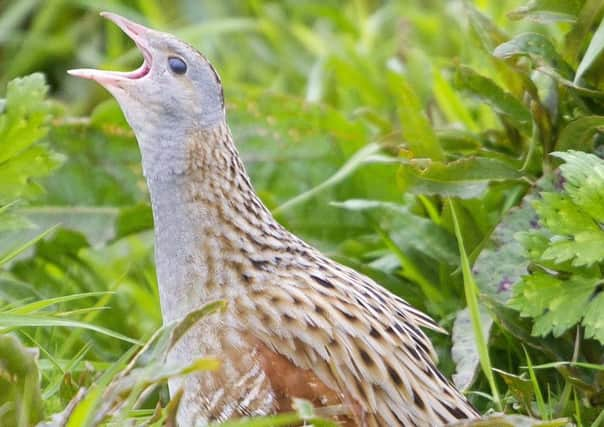Numbers of rare corncrakes drop by a fifth in two years


The latest figures show the number of corncrakes has dropped by three per cent in the past 12 months and a massive 20 per cent since 2014.
The 2016 annual count by conservation charity RSPB Scotland found there are now 1,059 calling males in Scotland, the last remaining UK stronghold for the species.
Advertisement
Hide AdAdvertisement
Hide AdCorncrakes breed in Scotland during spring and summer before migrating to Africa for winter.
Today the threatened birds are found in just a few isolated parts of the country, mainly on the islands and the far north-west coast.
The Isle of Tiree was their key stronghold this year, with 346 calling males recorded there.
The species began disappearing in the mid 19th century, coinciding with mechanisation in agriculture and earlier hay harvests.
By the 1990s the annual drop in numbers was so great that, had it continued, the species would be extinct in the UK today. At that time just 400 calling males remaining.
The good news is corncrakes have recovered considerably.
But conservationists fear the UK’s exit from the European Union may jeopardise support for wildlife-friendly farming initiatives and threaten recent progress in conserving the species.
They are calling for Scottish leaders to safeguard measures to help their survival.
“Effective financial support to crofters and farmers has enabled them to deliver what threatened wildlife needs, benefitting nature, farming communities and all of us as a result,” said Stuart Housden, director of RSPB Scotland.
He said existing environmental schemes and payment rates “must remain in place” until new arrangements are made.